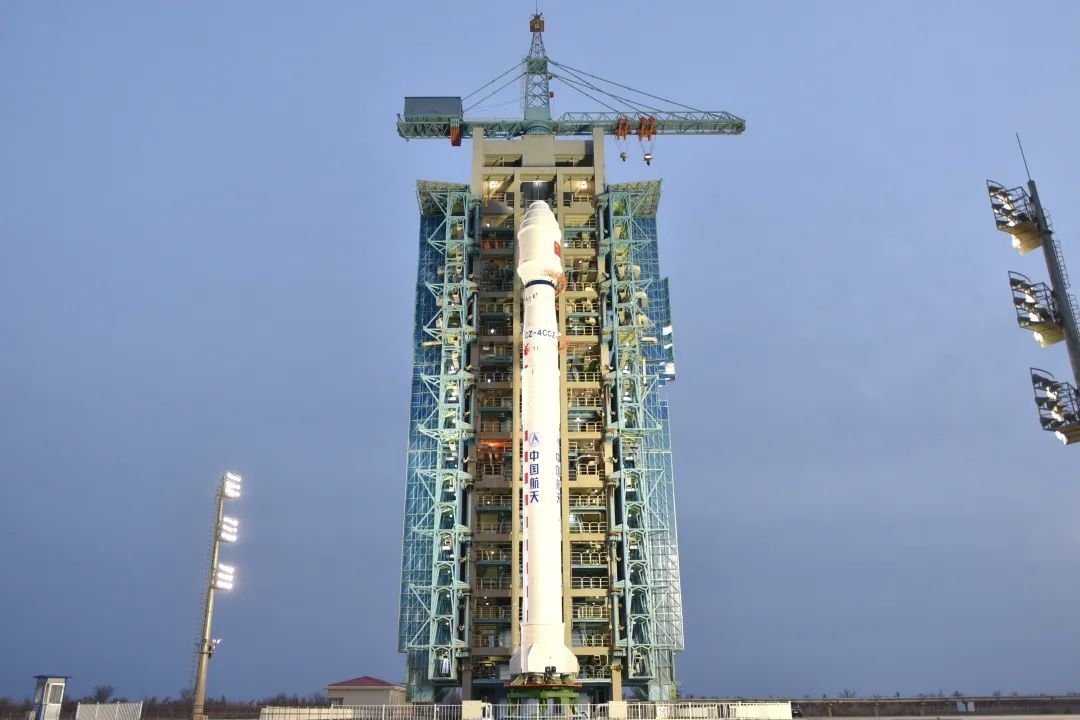Gaofen-5-02
Long March 4C
China Aerospace Science and Technology Corporation
Mission
Gaofen-5-02
- Type: Earth Science
- Orbit: Sun-Synchronous Orbit
Gaofen (GF) is a series of Chinese civilian remote sensing satellites for the state-sponsored program China High-definition Earth Observation System (CHEOS).
GF 5 is configured with six types of payloads, including visible and short-wave infra hyper-spectral camera, spectral imager, greenhouse gas detector, atmospheric environment infrared detector at very high spectral resolution, differential absorption spectrometer for atmospheric trace gas, and multi-angle polarization detector, with designed lifespan of 8 years. The satellite is based on the SAST-5000B bus.
The instruments are:
* Advanced Hyperspectral Imager (AHSI)
* Visual and Infrared Multispectral Sensor (VIMS)
* Greenhouse-gases Monitoring Instrument (GMI)
* Atmospheric Infrared Ultraspectral (AIUS)
* Environment Monitoring Instrument (EMI)
* Directional Polarization Camera (DPC)
Location
Rocket
China Aerospace Science and Technology Corporation Long March 4C
The Long March 4C, also known as the Chang Zheng 4C, CZ-4C and LM-4C, previously designated Long March 4B-II, is a Chinese orbital carrier rocket. It is launched from the Jiuquan, Taiyuan Satellite Launch Centre and Xichangs, and consists of 3 stages. Long March 4C vehicles have been used to launch the Yaogan-1, Yaogan-3 SAR satellites and the Fengyun-3A polar orbiting meteorological satellite. On December 15, 2009 a Long March 4C was used to launch Yaogan 8.
Agency
China Aerospace Science and Technology Corporation
The China Aerospace Science and Technology Corporation (CASC) is the main contractor for the Chinese space program. It is state-owned and has a number of subordinate entities which design, develop and manufacture a range of spacecraft, launch vehicles, strategic and tactical missile systems, and ground equipment. It was officially established in July 1999 as part of a Chinese government reform drive, having previously been one part of the former China Aerospace Corporation. Various incarnations of the program date back to 1956.




This should be a successful launch knowing the CASTC team.